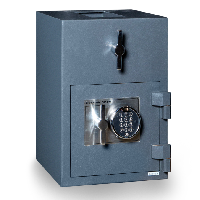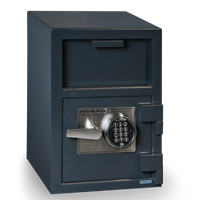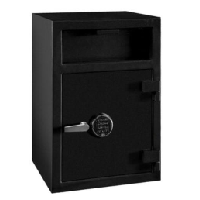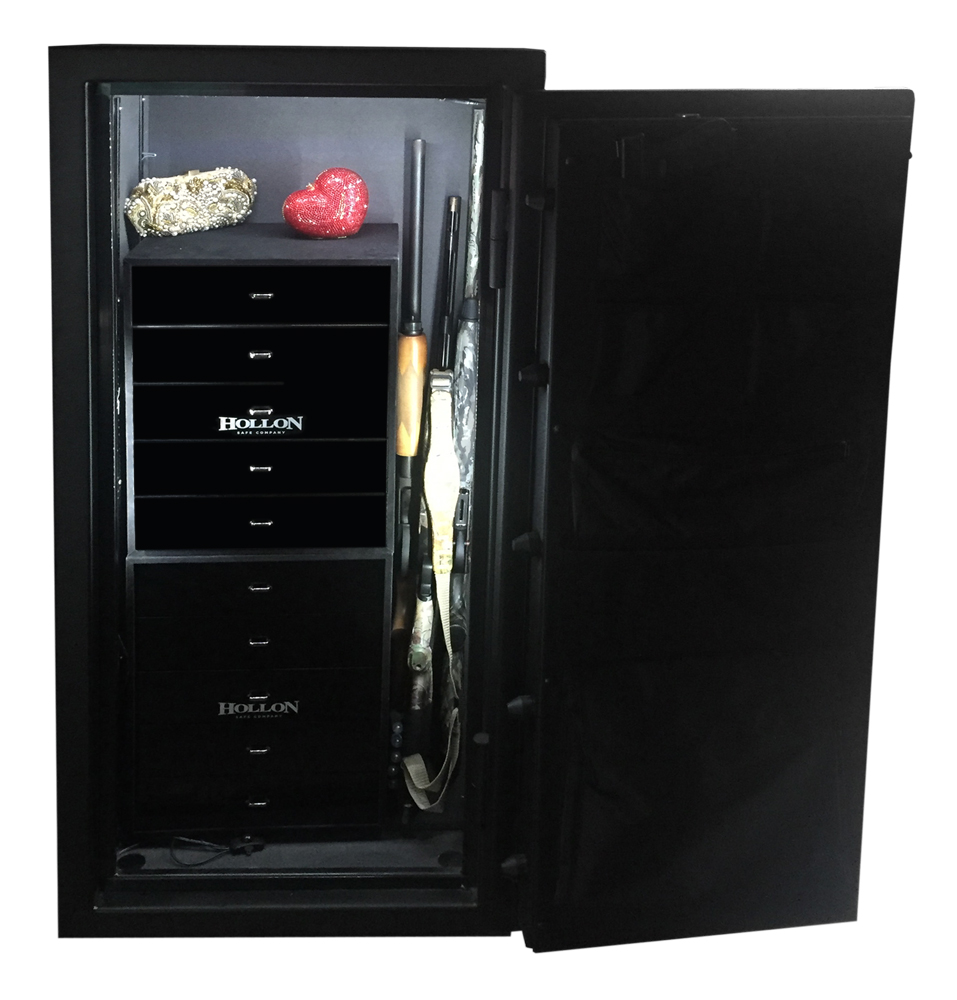Safe Classification Information
Safe Ratings and Abbreviations
Are All Safes Created Equal?
Safes tested by the Underwriter’s Laboratories (U.L.) are classified according to fire resistance, theft resistance, and torch and explosives resistance. The ratings the U.L. provides are completely independent of manufacturer testing and create an industry standard. An understanding of the U.L. classifications will make shopping for a safe much easier, and you will be less likely to buy a safe that does not suit your requirements. Before searching for the right safe, familiarize yourself with the U.L. classifications below.
Anti-Theft Classifications
Anti-theft classifications help the consumer understand how difficult it is to break into a safe. The letters in the classification refer to the types of tools used to try to crack the safe during testing. TL refers to tools such as hand tools or drills (see “TL-15” below for a complete list of tools), TRTL refers to the aforementioned tools as well as torches, and TXTL refers to those same tools, torches, and explosives. A safe with a TXTL rating, then, offers superior protection against all types of theft devices.
Following the letters in the classification, are numbers, which denote the minimum amount of time in minutes the safe is theft-proof. A classification of TRTL-30 indicates the safe cannot be broken into with torches or other tools (see “TL-15” below for the complete list of devices used in testing) for a period of fifteen minutes of continuous active attempts. Keep in mind that while stronger often means better, the average consumer does not need an explosives-resistant safe for normal home use. For fire protection, however, refer to the fire-resistant rating guide further down.
TL-15
The TL-15 rated safe has a combination lock and resists break-in for up to 15 minutes using hand tools, picking tools, mechanical or portable electric tools, grinding points, carbide drills, and pressure-applying devices. (TL= Tool Resistant)
TRTL-30
The TRTL-30 rated safe has all the same capabilities as the TL-30 with the added protection against oxy-fuel and gas-cutting or welding torches. (TRTL= Torch Resistant and Tool Resistant)
TXTL-60
The TXTL-60 rated safe offers all the capabilities of the TRTL-60 with the additional protection against explosives. (TXTL=Torch, Tool, and Explosives Resistant)
TL-30
The TL-30 rated safe has a combination lock and resists break-in for 30 minutes with all the tools mentioned for the TL-15.
TRTL-60
The TRTL-60 rated safe provides all the protection of the TRTL-30 but resists break-in for an additional 30 minutes.
Fire Classifications
The fire-resistant classifications, designed similarly to the burglary-resistant ratings, show type of assault on the safe as well as the period of time in which the contents will remain protected. In addition, fire-resistant ratings show the highest internal temperature the safe will reach when submitted to fire for a specified period of time.
Most fire-resistant safes can withstand temperatures of 1700°F, much higher than typical house fires (1200°F), and maintain an internal temperature of 350°F –protecting your valuable documents or other items. The fire-resistance typically will be specified for 1 or 2 hours –longer than the duration of an average house fire. In other words, a class 350°F 2-hour rated safe can maintain an internal temperature at or below 350°F for two hours of exposure to 1700°F.
For protection for electronics valuables such as back-up CD’s, diskettes, and tapes, however, which are destroyed above 150°F, consider a safe geared towards protecting electronic data. Data safes provide greater fire-resistance, maintaining an internal temperature of 150°F or less under the same external fire temperatures (1700°F).
Construction Classifications
A knowledge of construction classifications enables the consumer to understand the strength of the safe he purchases. A description of basic construction specifications for class B, C, and E safes follows–all include combination locks.
UL 72
Tests for Fire Resistance of Record Protection Equipment
Fire-resistant record protection equipment is rated as follows:
- The type of media it intends to protect.
- The length of time it provides this level of protection.
- Whether the enclosure provides some level of protection against impact (optional).
There are three different class ratings for this type of evaluation: 350, 150 and 125. Class 350-rated devices protect paper products; class 150-rated devices protect magnetic tapes; and class 125-rated devices protect flexible computer disks.
B-Rating
Steel construction with doors one inch thick or less and walls a half inch thick or less.
C-Rating
Steel construction with doors at least one inch thick and walls at least half an inch thick.
E-Rating
Steel construction with doors at least one and a half inches thick and walls at least one inch thick.





